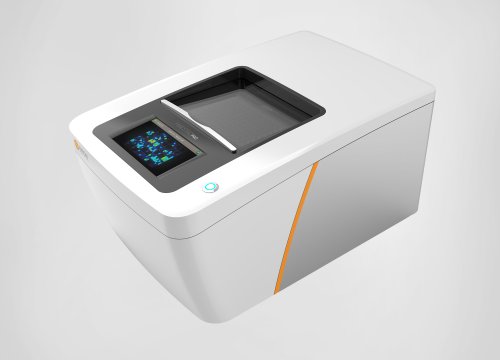Li A, Cartwright S, Yu A, Ho Seok-Man, Schrode N, Deans PJM, Matos MR, Garcia MF, Townsley KG, Zhang B, and Brennand KJ.
STAR Protocols, 2021
Summary:
CRISPR interference (CRISPRi) is an RNA-based method that allows for targeted sequence-specific control of gene expression in cells. This powerful tool allows for the investigation of genome-wide gene functions through manipulation of gene regulation to better understand gene silencing in neurodevelopment and brain disease. Li et al. developed a CRISPRi protocol that uses lentiviral delivery to generate neural progenitor cell (NPC)-induced glutamatergic neurons that stably express dCas9-KRAB, a CRISPR-repressor complex, which allows for gene repression of target gene(s) when paired with specific guide RNA (gRNA). By day 21 of neuronal maturation, NPC-induced glutamatergic neurons display typical neuronal morphology and electrophysiology. A multiwell microelectrode array (MEA) system was used to measure neural electrical activity, such as spiking frequency and network spiking. For future studies, this protocol can be adapted to manipulate other gene(s) of interest.


